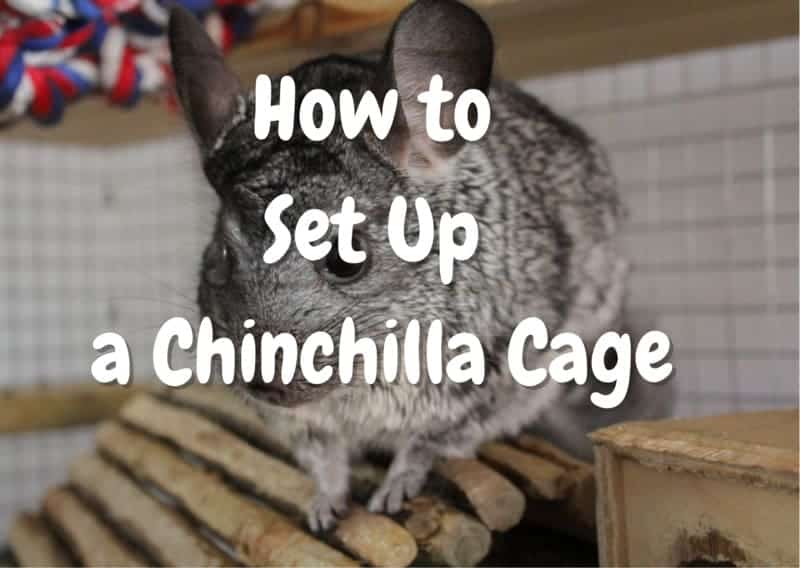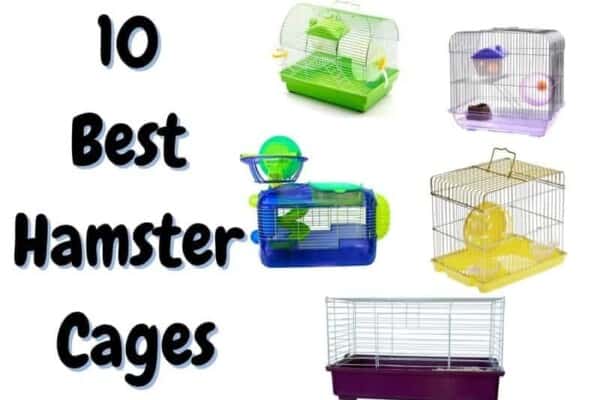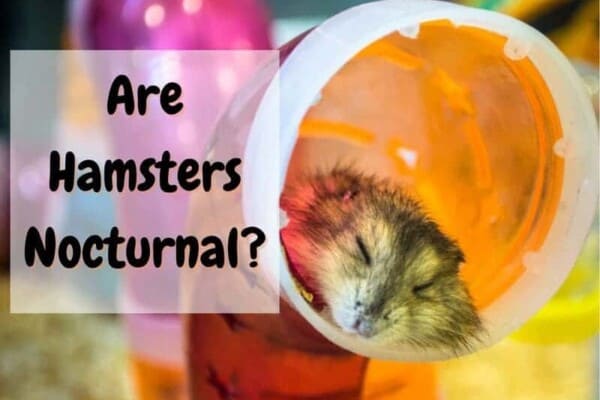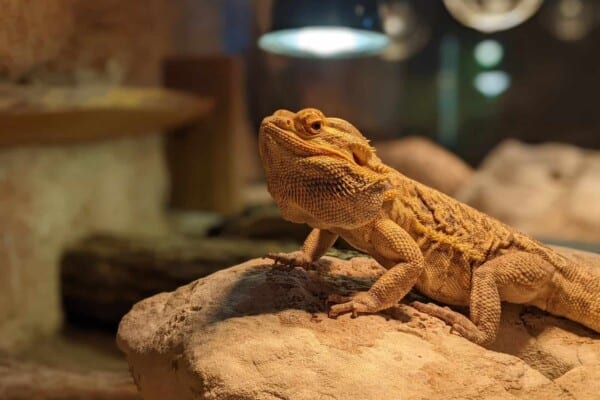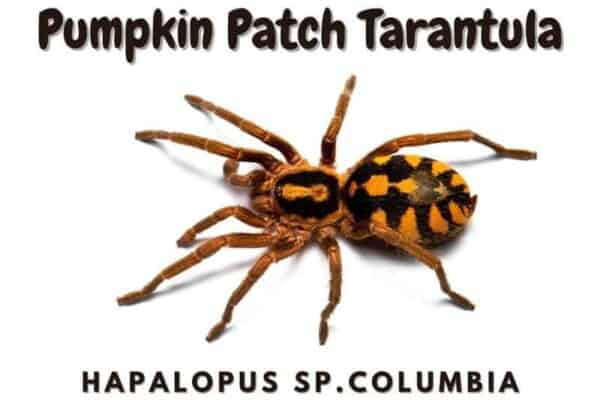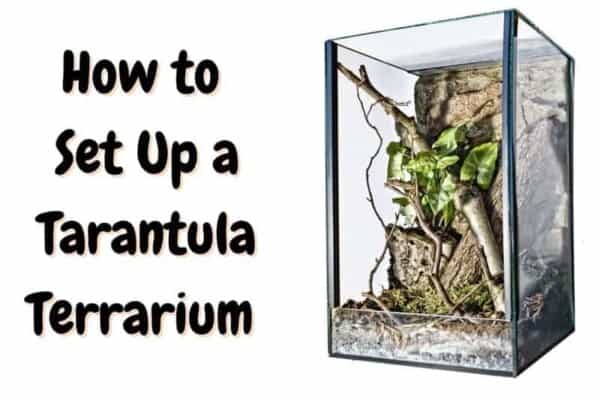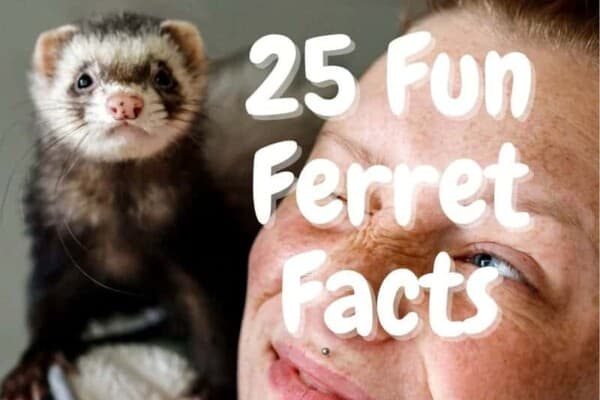Setting up your chinchilla cage the proper way is critical for the welfare of your furry critter. In this guide, you will know everything there is to know about chinchilla cage setup, from the choice of a cage, where to put it in the house, and what kind of toys and accessories you should put inside the cage to make your chinchilla happy.
What type of cage should I use for my chinchilla?
If you are planning to have a chinchilla, they need space to move around. The best size should be 2 x 2 x 3 feet and is large enough to be roomy enough for two chinchillas. Now since a chinchilla needs a certain amount of space, a cage this small allows 12 cubic feet.
This means that there are 6 cubit feet per chinchilla, which is perfect for their private space. A cage of this size is also a split level, so each chin can have its own living quarters. That doesn’t mean that you can’t buy a larger chinchilla cage setup if you decide to expand.
Bar spacing
The standard space between bars that you see for chinchilla cages is 1 inch of space in between each bar running horizontally or horizontally inside the cage. This is enough room for them to move their little hands up and down or side to side.
The length of spacing between the wider sections of bars is still good for them to have a grip in between these spaces. Since each cage manufacturer is building its brand differently, you’ll need to decide which style is better for you.
Separate levels/platforms
For a standard cage that’s 2 x 2 x 3 feet, the separate level is also going to be different. You might see some designs that have a gallery-style 2nd floor. What you really want is a full separation that is large enough for an adult chinchilla to crawl through.
This gives you a better divided living area for your chins. But also consider that you might need a larger open area for adding a hanging hammock or hide sacks. If you go larger in cage size, these open areas will be entertaining nooks they can explore or sleep. The rest of the space should have enough room for toys, food bins, and whatever else you want to add.
Materials used
Chinchillas like to chew on whatever they find around them, so don’t include wood or plastic floors inside the cage, because you never know if these are treated or not. They can have preservatives inside the wood and chemicals in the plastic you don’t want them to ingest.
If you need to make floor separators, use natural wood slats that are not dangerous for them to chew or nibble on. A good idea is to use cardboard that can be removed easier. If they pee on the cardboard, you can throw it out if it’s soiled.
What is a good cage size for more than one chinchilla?
The basic size cage is good enough for two chinchillas to live in with plenty of room. If you get more than two, you’ll need to upgrade to a larger size cage. For 3 or more, the best size cage would be at least 3 x 3 x 4 or 36 inches by 36 inches by 42 inches tall.
It may be a good idea to have two cages that are side by side to separate your chinchillas as you like. Smaller chinchillas usually like to huddle together in huts to keep warm. If they have hammocks, they’ll find their designated sleeping area soon enough, since they aren’t going to be very choosy.
Most chinchilla owners are not going to have more than two unless they are experienced enough with keeping up with the demands of their pets. If you want more than two chinchillas, what you need is a cage that is roomy enough for the number of chinchillas. The minimum amount of space that is comfortable for a grown chinchilla is 6 cubic feet per living area.
What type of accessories should I put in the cage?
Hideouts
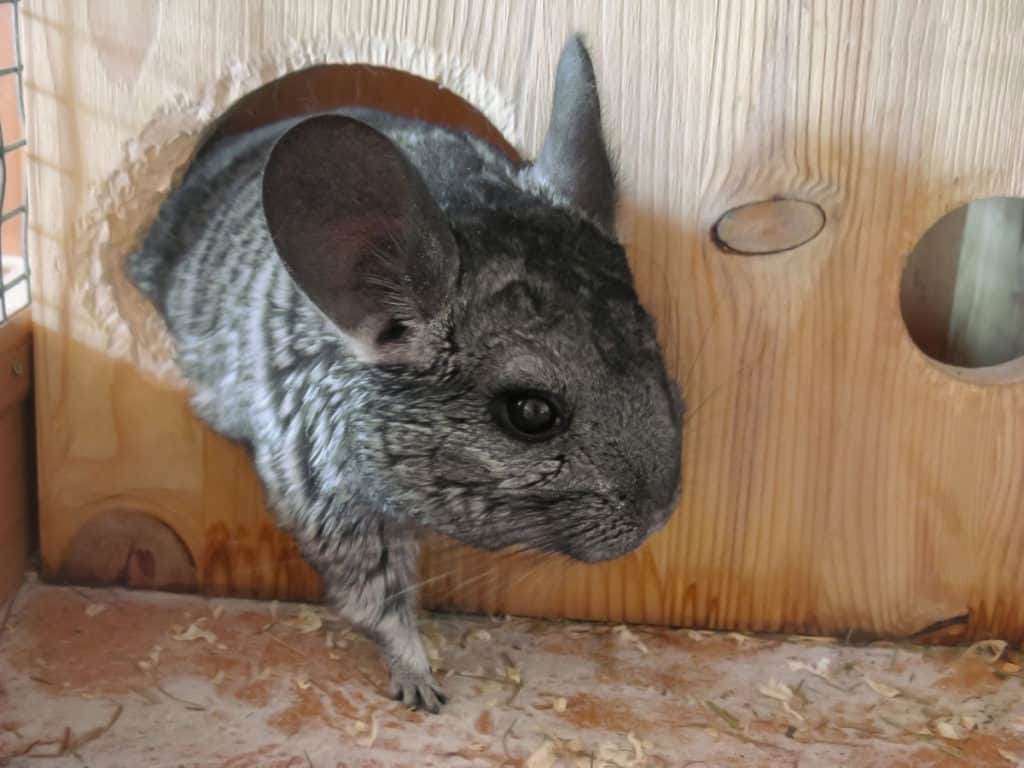
A hideout is very nice for your chinchilla to find a place where they feel safe and secure. Not so much of a safe space that is going to provide physical protection, this hut is good for playing and using as a comfortable retreat. These huts should be made from materials that are safe to chew if your chin tries to nibble from time to time, and large enough for a full-grown chin.
Food bowls
Most owners will have a food bowl that’s designated for chinchillas to eat from. Chinchillas need a bowl that is going to store their pellets and little snacks. It needs to be a bowl that doesn’t tip over easily so the pellets don’t fall through the cage bars.
A ceramic bowl is heavy enough that it stays put and won’t tip over when your chinchilla eats from it. Plastic and wood bowls aren’t such a good idea because they can chew on them if they get too bored.
Water dispenser/water bottle
The best kind of water bottle you want to buy should be a metal and glass dispenser that can be hung from outside the chinchilla cage. Even though the bottle is on the outside of the cage, it still needs to be glass. A plastic bottle can be chewed and will become useless.
Aside from that, glass water bottles last much longer over the long term. Since a chinchilla only drinks water when they are thirsty, you don’t need a very large bottle. All you need is about 8 oz. of water which is enough for one or two chinchillas.
Dustbowl
Every chinchilla is going to love having a dust bath, so the next item you need is a dust bowl. Some people like buying rounded fishbowl-looking plastic containers. After a chinchilla is done getting dusted in its dust bath, just throw it out and put in some new dust if the dust starts to get old and dirty. It is better if your chinchilla takes his dust bath outside the cage rather than inside since the dust could go over the items inside the cage, including food.
Blanket/fleece
One item that your chinchilla will love using is a small fleece blanket that can be laid inside their cage for comfort. You don’t want to keep the fleece inside the cage all the time, so you need to supervise your chinchilla when you put them on it. Fleece balls can cause blockages for your chin, and this can make them choke.
Hammock
When a chinchilla goes to sleep, they like a place that is nice and cozy. A hammock doesn’t have to be a traditional shape, so this leaves it open for all sorts of fun shapes. You can have tents, tubes, square boxes, and even cup-shaped beds.
The advantage to a hammock bed is that it can be suspended from the roof of your cage, freeing up floor space. Your chinchilla will climb up and into the hammock when they want to rest or sleep. Most of these hammocks are made from fleece, which is safer than most fabrics since there’s no thread.
What type of toys can I put in a chinchilla cage?
1. Exercise wheel
It’s best if the exercise wheel is made from metal so they don’t try to chew on it. If you have a plastic wheel, it might not last very long over time. Also, it should be large enough so they don’t fall out of the wheel so easily. The best wheels are as wide as a full-grown chinchilla. This will keep them busy and provide exercise for your chinchilla inside their cage.
2. Chewing toys
Chinchilla toys are a unique blend of apple and pine, which are the safe woods they can chew on. From these types of wood, different shapes are created that look interesting for your chinchilla. More often than not, these toys are hung from the roof of your cage and give a chinchilla something fun to play with.
They can chew on these toys and won’t be harmful to them if they swallow any of the wood. Apple sticks are one of the few types of wood that chinchillas love to eat as a snack. Pine is also good since it can be carved into a variety of shapes.
What type of bedding should I use in a chinchilla cage?
The bedding material that is good for chinchillas is shredded flakes of dried pine. It’s safe for them to eat for this reason and has a pleasant smell. Your chinchilla will more than likely be foraging around for straw and grass.
These shredded shavings are very absorbent for urine and keep the smell in the cage to a minimum. Not that chinchillas are smelly pets, but these shavings are very good at controlling pee odor. Since pine shavings are a good choice, it’s cost-effective to buy a large pack that will last for months.
Where should I place the cage in the house?
Good chinchilla care means finding a spot in your home that will be a nice quiet place that gets the least amount of noise – away from excessive noises from the street and hopefully not near the house that has some barking dog. Chinchillas are incredibly sensitive to noises and will respond to these sounds through stress. A basement is one of the best places since these spaces are already pretty quiet.
How about temperature and humidity?
Chinchillas originate from a region where the cold and elevation make life pretty uncomfortable for most people. They are not used to temperatures that we experience above 75 degrees Fahrenheit. They will need a temperature that is below 72 degrees but no cooler than 50 degrees.
Take one look at their fuzzy fur and you can start to understand why they don’t need more than room temperature conditions. As far as humidity, this shouldn’t be any higher than 60% humidity all year round. High humidity will cause skin conditions and health problems.
How often do I need to clean the cage?
Try to clean your chinchilla cage as often as you can. Once a week is recommended just for changing the bedding material. You will want to change the water every day and clean inside the bottle each time so there is no build-up.
The water bottle dispenser tube should also be well-cleaned so bacteria are not growing inside. At least every 6 months, you should take the cage and wash it off in the bathtub or outside with a garden hose. Items such as hammocks and blankets should be cleaned as often as possible if they get urine on them.
Should I cover my chinchilla cage?
The simple answer is that you should not cover their cage for the following three reasons:
- It disrupts their natural sleeping patterns.
- They need to see what is making any kind of noise. If they can’t see through the cage they will become scared or stressed.
- It will raise the temperature inside due to the lack of moving air.
How often should I take my chinchilla out of their cage?
You will want to let your chinchilla stretch their legs outside the cage at least once a day. Playpens are a lot of fun because they can be set up to be like a private playground. A good thing is having structures that your chinchilla can explore. Since they are naturally curious, they will love finding little snacks that are hidden within these play huts. It also gives them exercise that is vital for them. It also lets you have a lot of enjoyment in watching them play.
Where to find cool chinchilla cage setup ideas
The internet is a pretty big place for finding all sorts of ideas for setting up a chinchilla cage. One of the best sites that give you great ideas is Pinterest. You can also Google basic search words including chinchilla cage designs.
Related articles:
Resources and Further Reading:
- Providing a Home for a Chinchilla, Thomas M. Donnelly, Katherine E. Quesenberry
- Chinchilla husbandry: an overview of correct care, Jennifer Prebble
Contents
- What type of cage should I use for my chinchilla?
- What type of accessories should I put in the cage?
- What type of toys can I put in a chinchilla cage?
- What type of bedding should I use in a chinchilla cage?
- Where should I place the cage in the house?
- How about temperature and humidity?
- How often do I need to clean the cage?
- Should I cover my chinchilla cage?
- How often should I take my chinchilla out of their cage?
- Where to find cool chinchilla cage setup ideas

